
AeroGenie - مساعد الطيار الذكي الخاص بك.
الرائج الآن
Categories
Passenger Dies After Running Out of Fuel
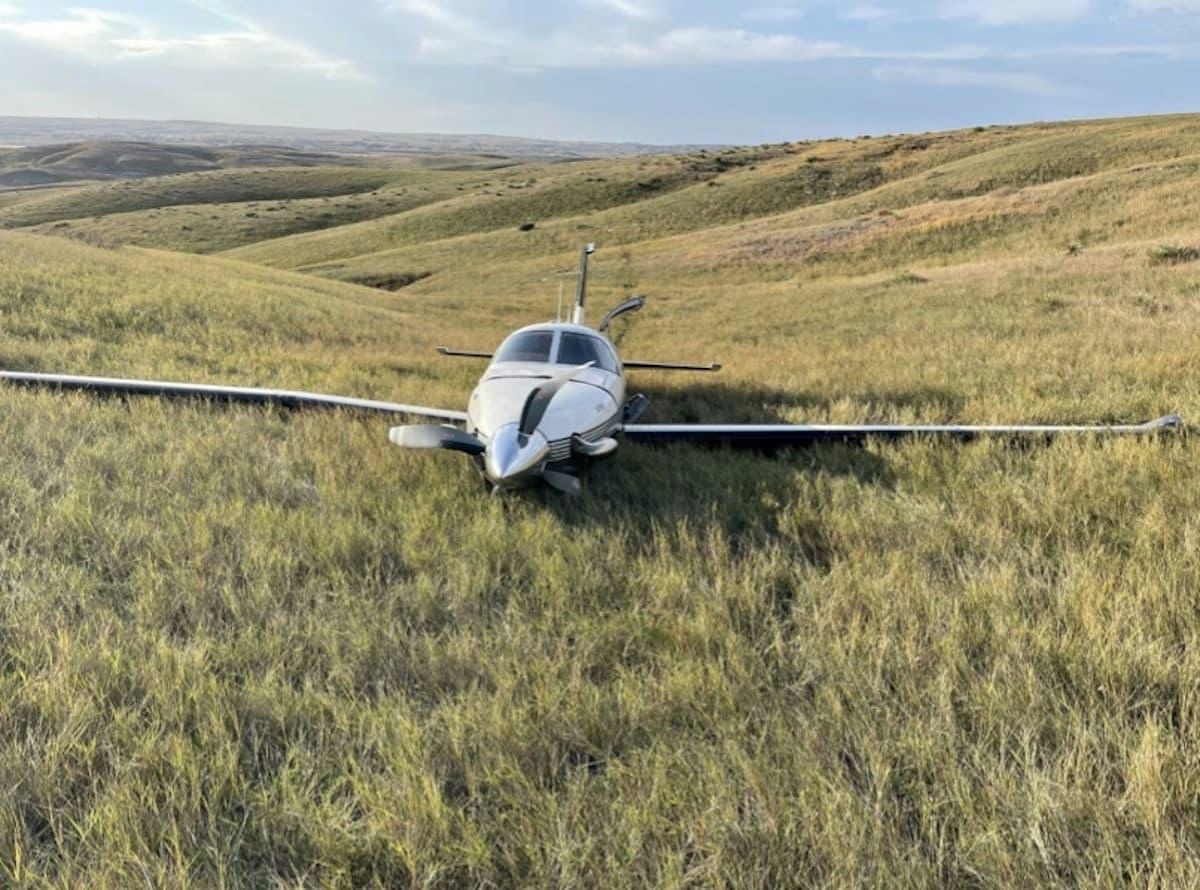
Passenger Dies After Aircraft Runs Out of Fuel Near South Dakota Airport
A fatal aviation accident occurred near Pierre Regional Airport (KPIR) in South Dakota when a Piper PA-46-350P aircraft ran out of fuel and crashed, resulting in the death of a passenger. The incident has prompted renewed examination of aviation safety protocols and emergency procedures.
Sequence of Events and Pilot Response
Investigators reported that prior to departure, the aircraft was fueled with an additional 10 gallons, bringing the total fuel load to 100 gallons for the intended flight to Steamboat Springs, Colorado. Pre-flight inspections confirmed the header fuel tank contained 11 gallons, with fuel boost pump No. 1 selected, the fuel transfer switch set to AUTO, and the fuel selector positioned on the right tank. The pilot observed no irregularities during engine start, takeoff, or the initial climb.
The flight was cleared to ascend to flight level 220. However, as the aircraft climbed through 12,000 feet, the engine suddenly lost power without any preceding cockpit warnings or abnormal indications. The pilot declared an emergency and attempted to return to KPIR, executing a 180-degree turn and initiating an emergency descent. Despite multiple attempts to restart the engine—including switching boost pumps, changing the fuel tank selector, and activating the emergency header tank pump—these efforts were unsuccessful. Notably, the pilot did not engage the manual override fuel switch during the descent.
Compounding the emergency, the aircraft lost electrical power, disabling critical instruments such as the primary flight display, GPS units, and annunciator panel. This loss of instrumentation contributed to pilot disorientation during the return attempt. Recognizing that reaching the airport was no longer feasible, the pilot attempted a forced landing on nearby bluffs and rolling terrain. The aircraft impacted the ground, coming to rest upright but sustaining significant damage to the fuselage and wings.
Aftermath and Investigation
Following the crash, the pilot, who sustained serious injuries, located the passenger seated in a rear forward-facing seat and found them barely conscious. The pilot administered CPR until emergency responders arrived; however, the passenger later succumbed to injuries sustained in the accident.
Initial post-crash examinations revealed no mechanical anomalies prior to impact. The cockpit battery measured 24.7 volts, the fuel selector remained on the right tank, the fuel transfer pump switch was set to manual, and the emergency fuel transfer switch was off. The header tank contained approximately 2.4 gallons of Jet A fuel.
This accident occurs amid heightened public concern over flight safety, following recent high-profile incidents such as a British Airways flight where a retired military commander died mid-flight, prompting panic and an emergency landing. Such events have intensified scrutiny of airline safety protocols and may lead to regulatory investigations. Industry experts caution that incidents of this nature can temporarily undermine passenger confidence and potentially affect the reputations of the airlines involved. Competitors may respond by highlighting their own safety records and operational reliability.
Authorities continue to investigate the circumstances surrounding the crash, with particular focus on fuel management procedures and the emergency response actions taken by the pilot. The findings may influence future regulatory measures and operational standards within the aviation sector.
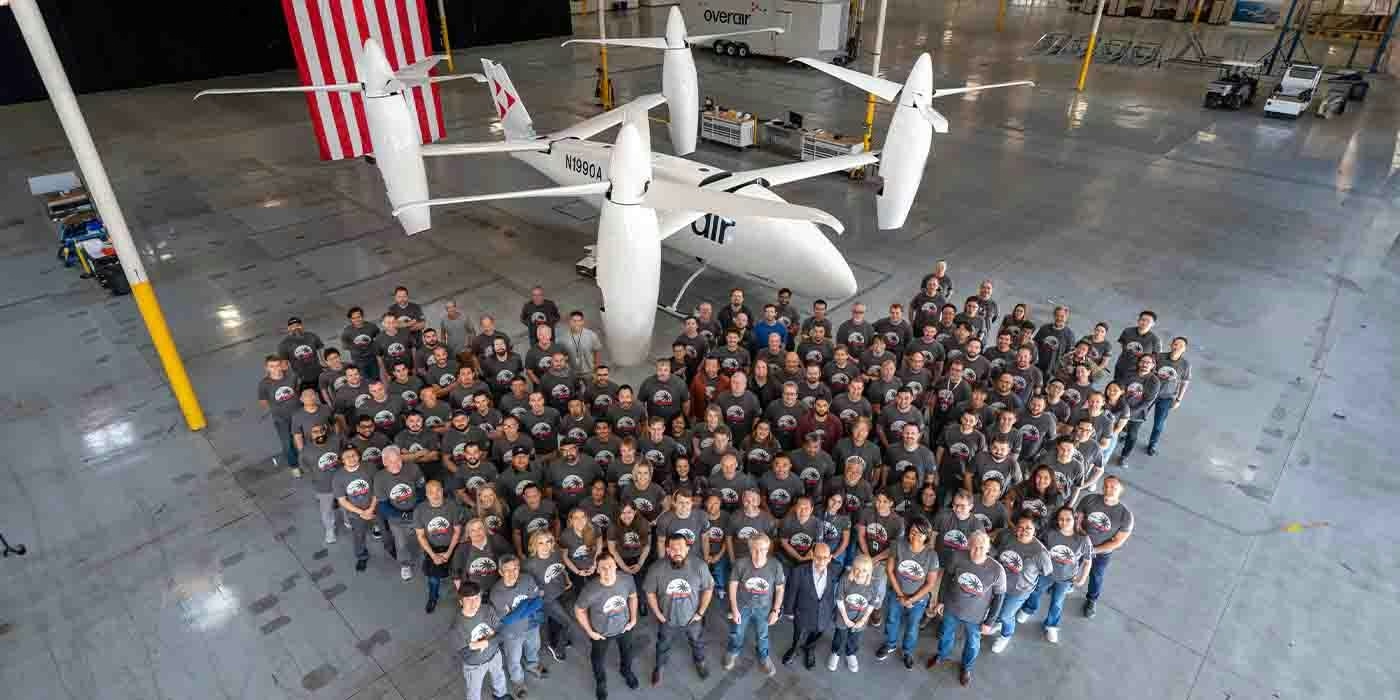
Unique mixed-propulsion eVTOL completes transition flight testing
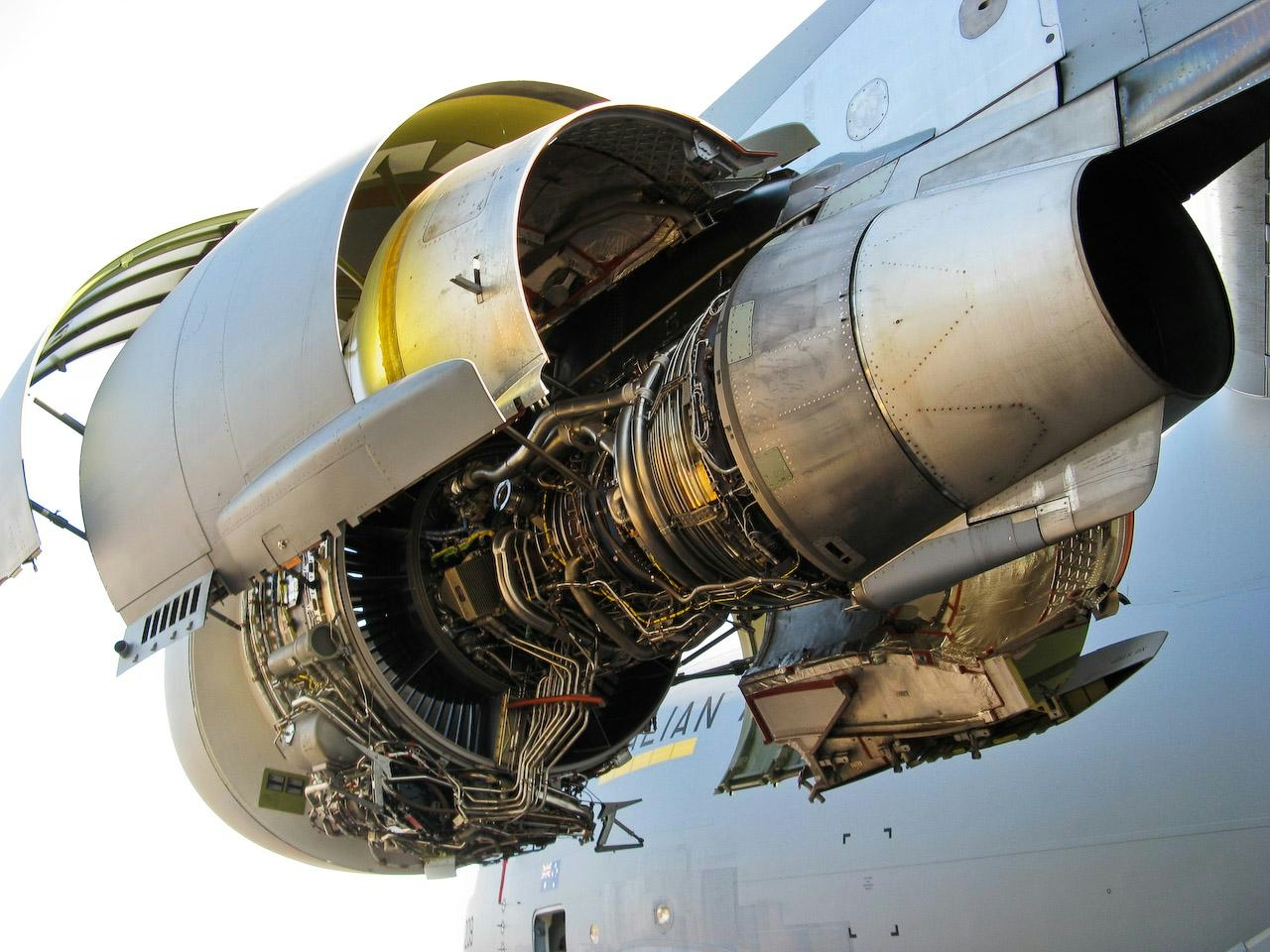
Are C-17 Globemaster Engines Derived from Boeing 757?
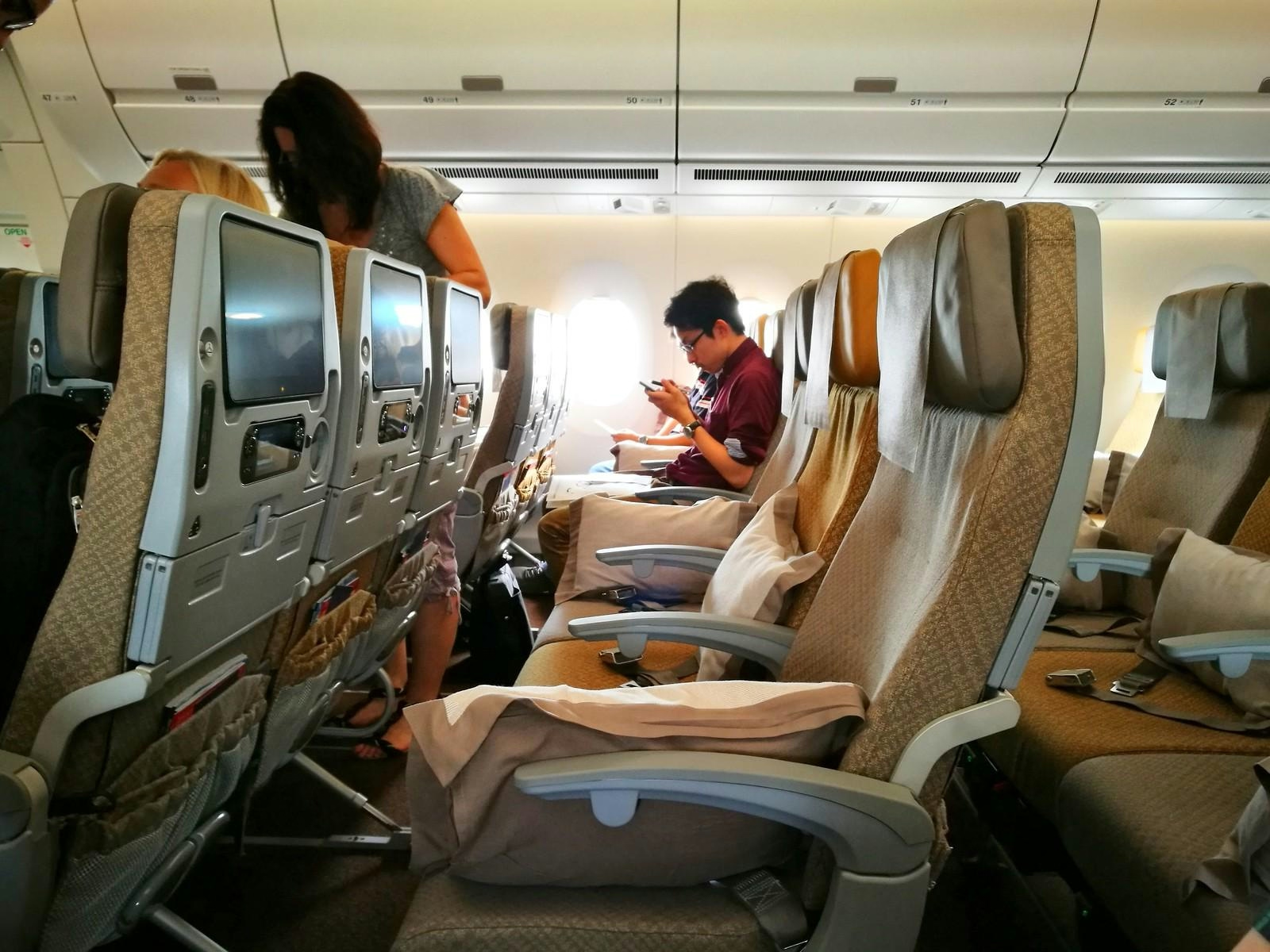
Why the Airbus A350’s Cabin Is Quieter Than Other Aircraft
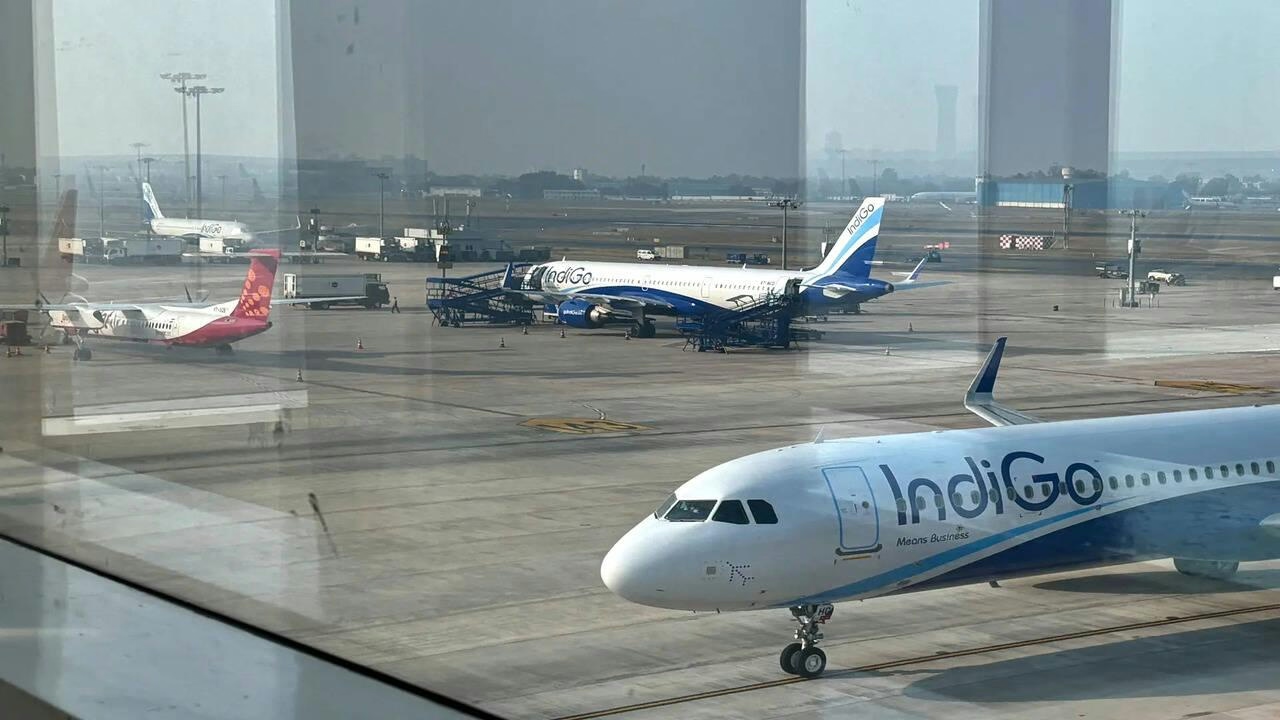
AI and AI Express Plan to Increase Capacity Amid IndiGo Flight Disruptions
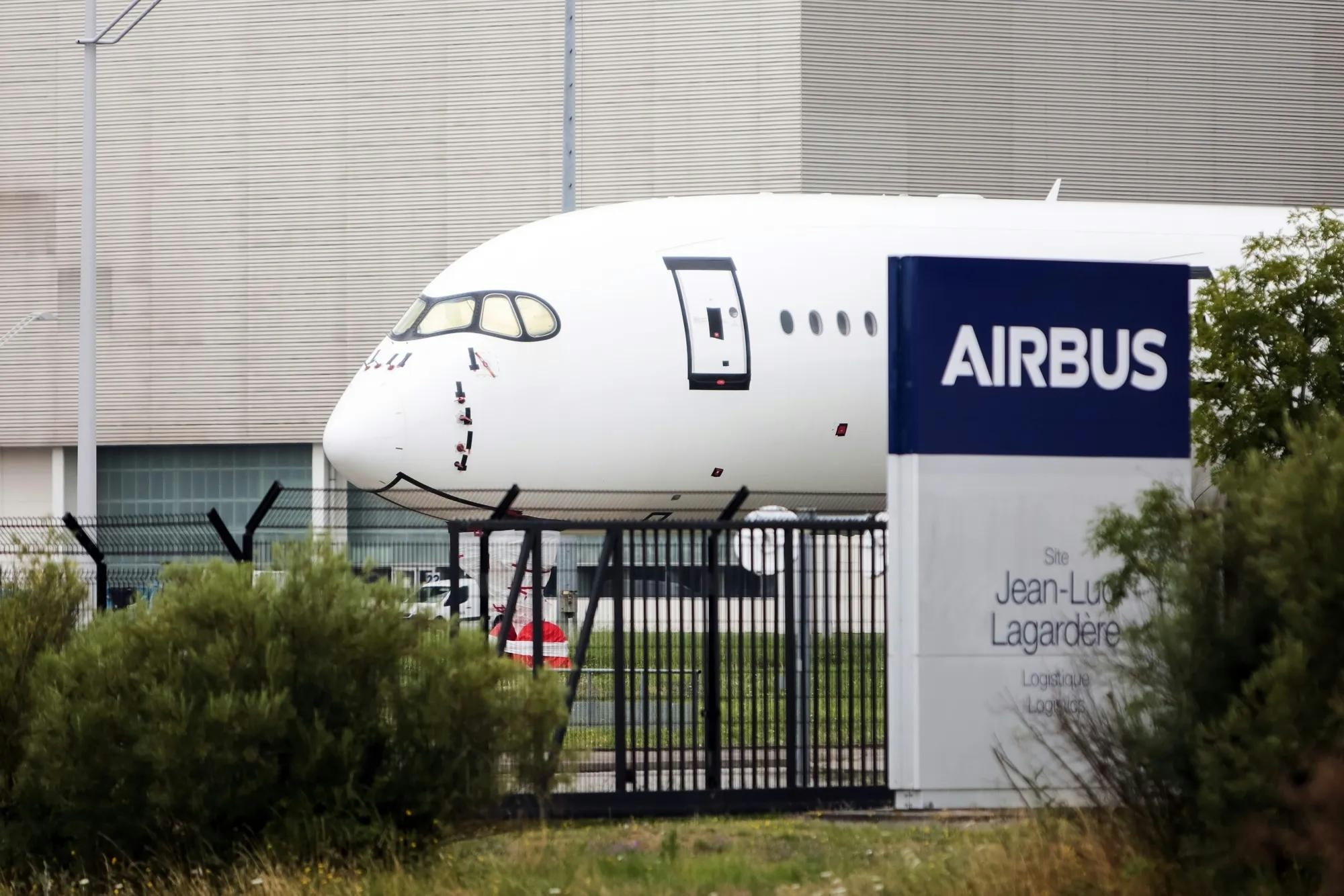
Kazakhstan and France Agree on Airbus Aircraft Deliveries

Europe’s Emerging Talent Drives Aviation Innovation
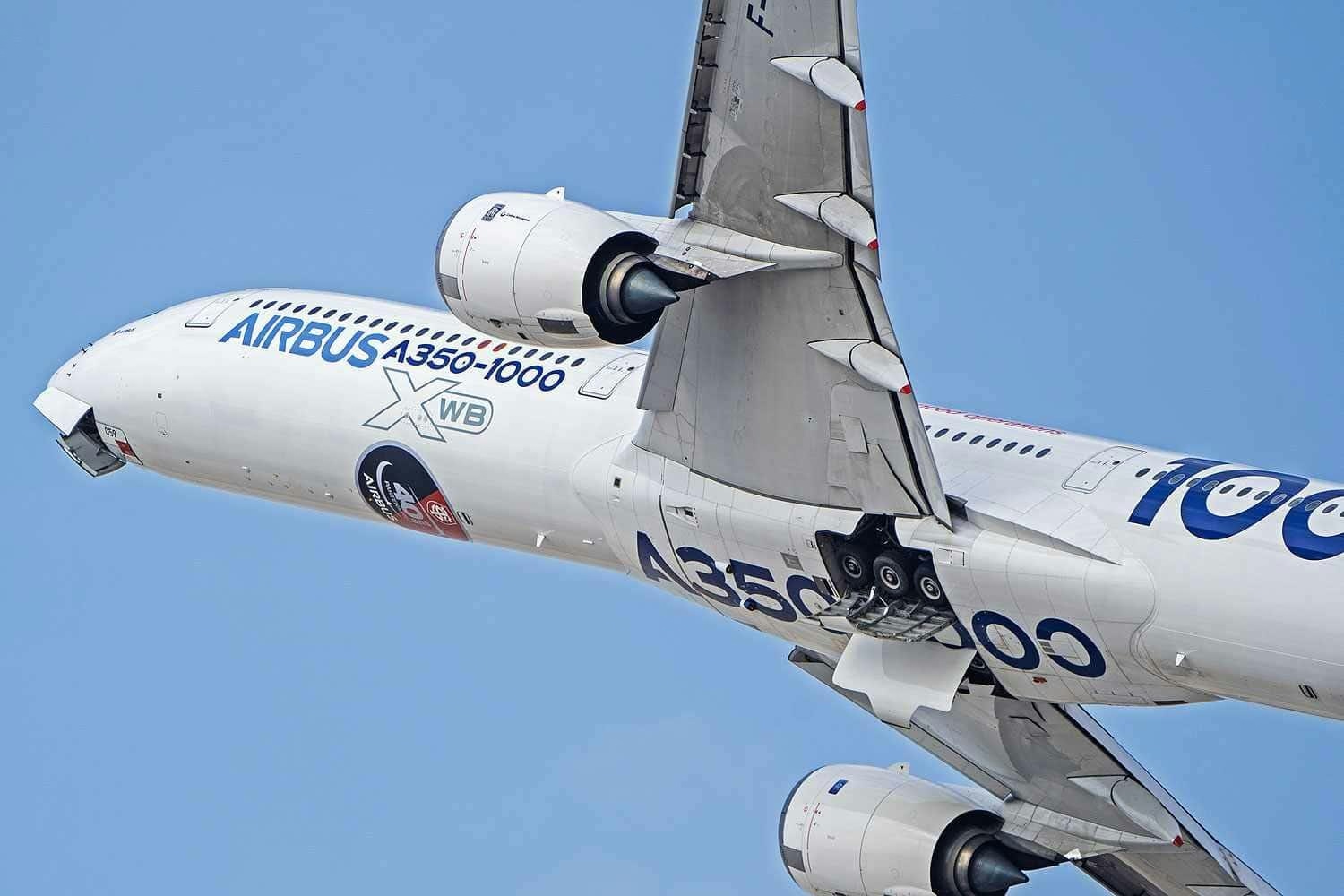
Airbus Receives New Order for A350-1000

The Leading Widebody Aircraft in Service Today
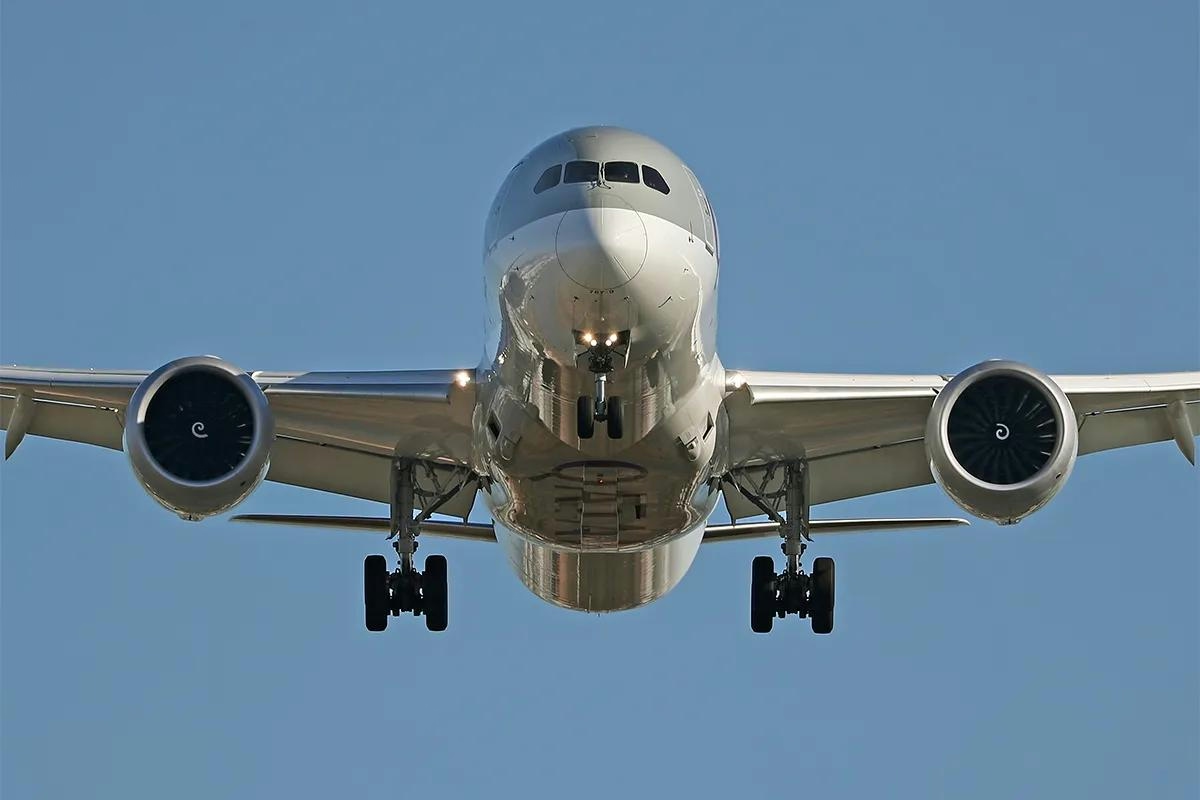
The Fastest Boeing Jet Currently in Service
